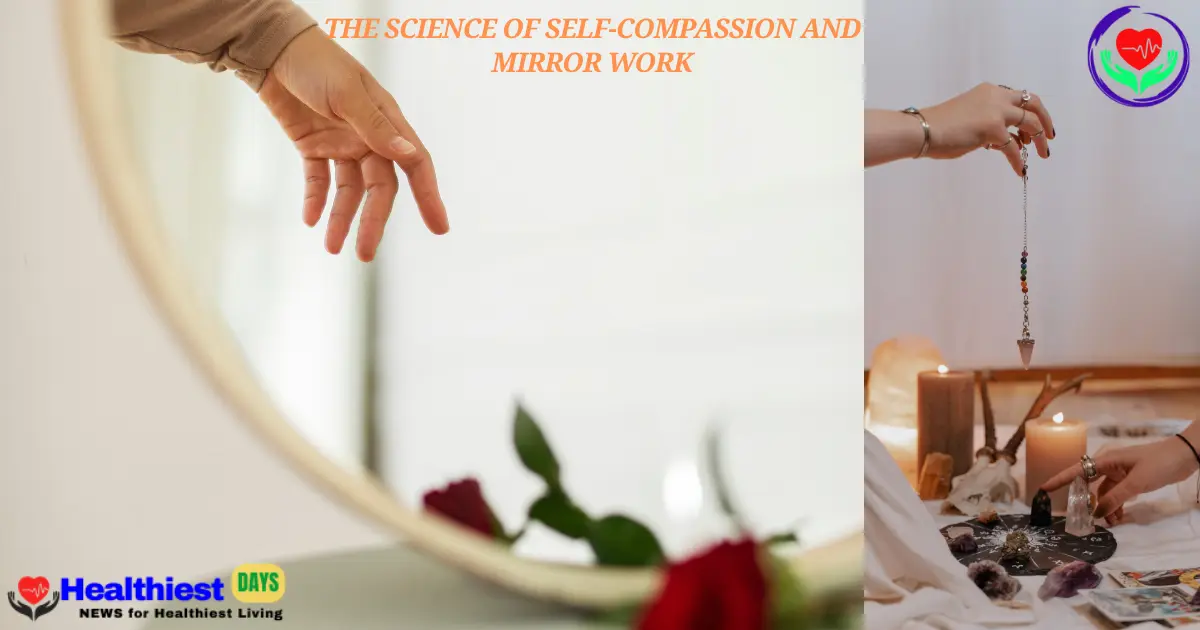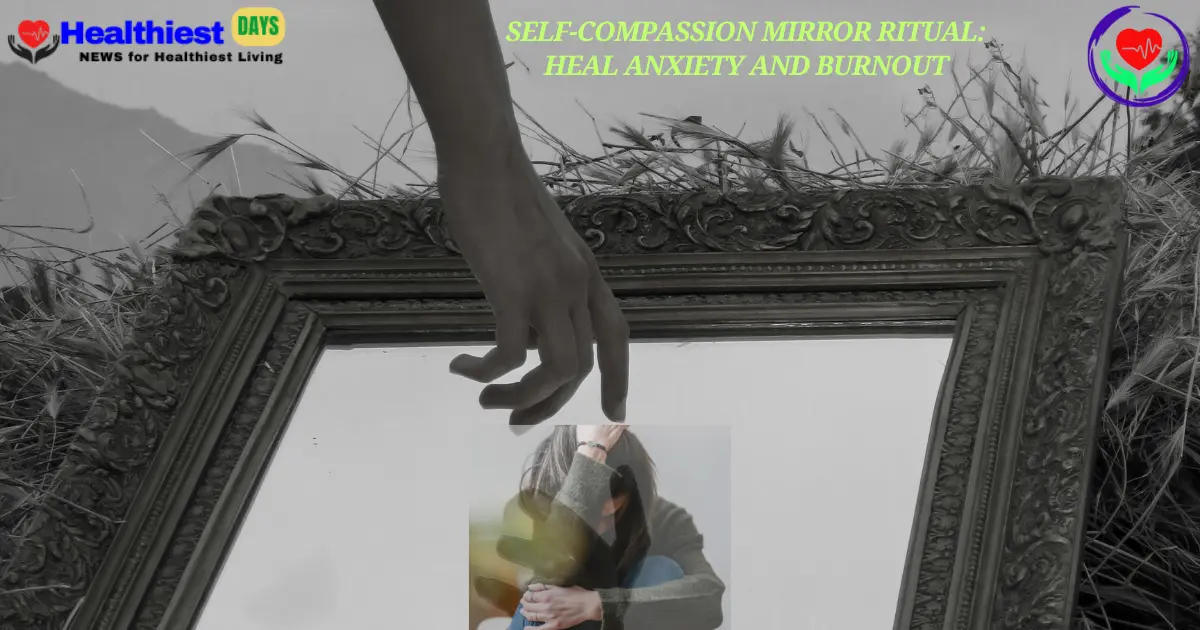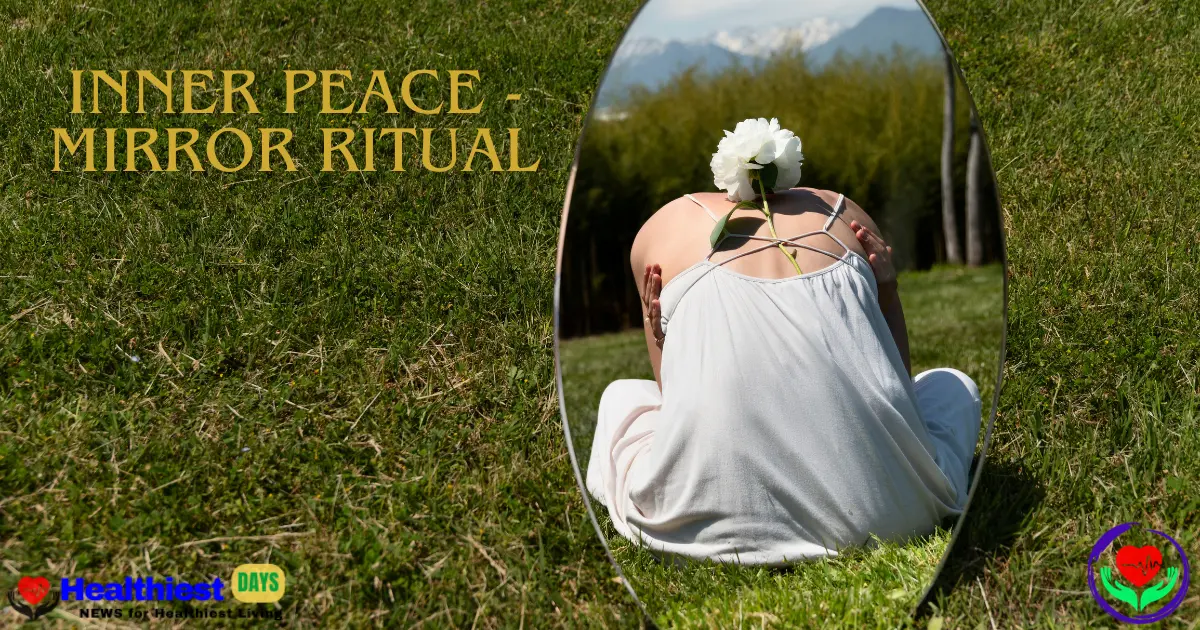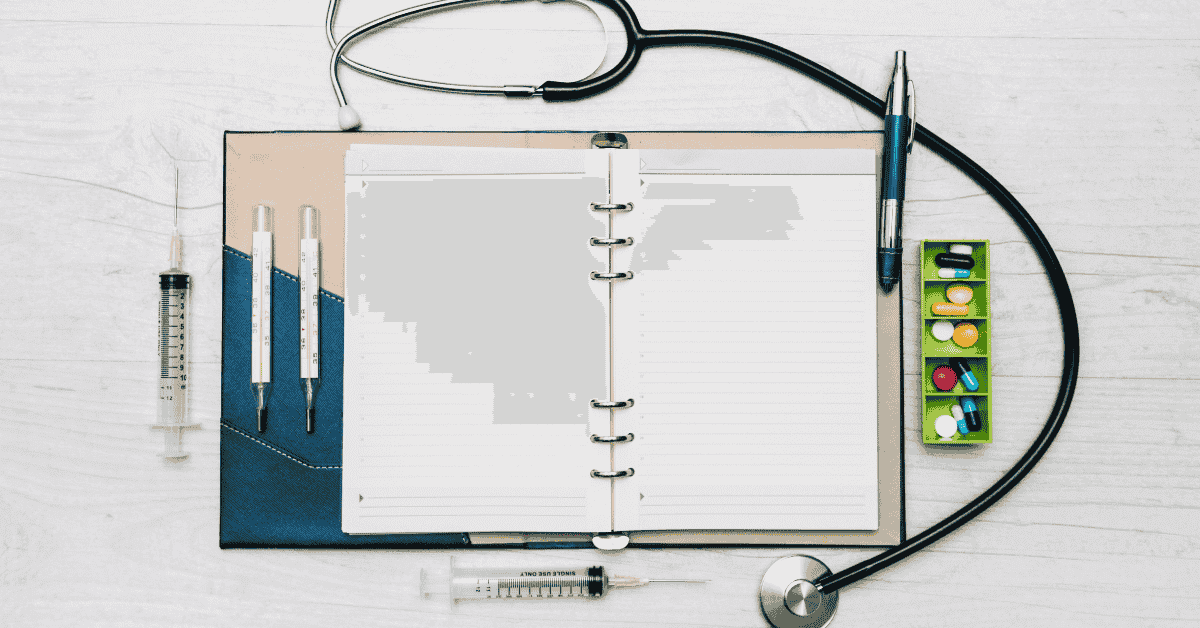Self-Compassion Mirror Ritual: Heal Anxiety and Burnout with One Sentence

“Talk to yourself like someone you love.” – Brené Brown
Healing anxiety and burnout has become a top concern for current times, as anxiety has a way of creeping into quiet moments by eliminating self-compassion and mirror rituals. It also lingers after long days, during endless moments of sleepless nights, or right before they see how you do something brave. For many concerning individuals, it stems not just from what’s happening outside, but it also reshapes how harshly you speak to yourself inside.
In a world of modern times that praises productivity and perfection, burnout is no longer rare because it has become a matter of daily routine. The important question is to figure out what gets lost in this constant hustle.
For current times, science now supports what wisdom always knew: healing anxiety and burnout remains no more an issue for those who believe in the power of natural healing and medication.
Our blog will explore the Self-Compassion Mirror Ritual—a powerful, research-backed daily practice that takes almost less than two minutes. It helps to reduce anxiety, rewire negative thoughts, and soothe emotional exhaustion.
The Science of Self-Compassion and Mirror Ritual Work
Psychologist Dr. Kristin Neff who is considered a pioneer in self-compassion research, describes it as having three core components in the following way:
- Self-kindness: It is a way of speaking to ourselves with care, not criticism
- Common humanity: It is a process of remembering we all suffer sometimes
- Mindfulness: It is a procedure which enables you to get aware of emotions without exaggerating or suppressing them

Studies prove the magical results that people high in self-compassion experience less anxiety, depression, and stress—and greater resilience, happiness, and motivation in their personal behavior.
How it helps to get inner peace:
- It basically activates parasympathetic nervous system (your “calm” mode)
- It also has the ability to improves heart rate variability (HRV), linked with better stress regulation
- It releases oxytocin—the body’s natural bonding and calming hormone
- It has the power to decreases cortisol levels (your stress hormone)
This kind of way is not just positive thinking. It’s biofeedback meets self-kindness.
How the Mirror Ritual Works (and Why It’s So Powerful)
Humans’s brains are wired to respond to facial expressions because they are emotionally trained to behave differently. When you start looking into a mirror and speak gently to yourself, you send a direct emotional signal to your nervous system that reminds you about the ways of your desire, likeness, and association.
Unlike silent affirmations or key attributes of a given ritual, the mirror engages your senses:
- Visual (seeing your eyes soften) by converting you more confident
- Auditory (hearing your calm voice) by sharpening your voice
- Emotional (witnessing yourself show up, kindly) by getting more stronger
In one 2020 meta-analysis, compassion-based practices have proved that they have capabilities to improve anxiety symptoms more effectively than control conditions—and even some medications.
The reason? Self-compassion quiets the default mode network, the brain’s major part of thinking that is responsible for rumination and self-criticism.
On the other hand, burnout also arises from internal pressure and relentless demands. But mirror rituals can have the following negative aspects:
- It reduce self-judgment
- It truly Interrupts negative internal dialogue
- It also creates emotional boundaries between who you are and what you do
How to Do the Self-Compassion Mirror Ritual
There is no need for candles, music, or incense. Just you, your reflection, and one intentional sentence can bring the magic.
Step-by-Step Guide
- Stand or sit in front of a mirror.
In the case of bathroom mirrors, handheld or phone selfie cams all work in the same way to make you feel relaxed. - Look into your own eyes.
Looking into your own ways might feel silly, but stay with it. - Place a hand gently on your chest or heart.
It offers important signals of brain safety. - Say out loud a sentence that shows kindness.
Try it on your own.

“I see you trying. You deserve rest and care.”
“You’re human. It’s okay to pause.”
“May I be kind to myself in this moment?”
“I forgive myself for being imperfect today.”
- Breathe in slowly. Breathe out tension.
Let your body feel the words. - Repeat if needed. Stay for at least 1 minute.
This small ritual, when practiced consistently and continuously, builds emotional safety from within. It becomes the first step toward healing.
The Results: What the Research and Real People Say
Researchers from UCLA and Stanford found that people who practiced mirror-based self-compassion had:
- It lowers some levels of generalized anxiety disorder (GAD)
- It also improves sleep within 10 days
- It becomes very significant for the reduction in burnout scores after 3 weeks
- It holds greater ability to self-soothe during conflict
A 2023 paper published in Frontiers in Psychology showed self-compassion improves emotional flexibility by enhancing the ability to move through stress without shutting down.
Many therapists now use mirror rituals with clients who experience the given issues badly:
- People who face work-related burnout
- Perfectionism and impostor syndrome about anxiety
- Social anxiety and negative body image bringing decline in self-confidence
- PTSD and emotional dissociation
As a health professional, you understand that true healing happens when the mind and body feel safe. This ritual basically creates exactly that—every day.
Make It a Habit (Without Overwhelm)
As you have developed the habit, like brushing your teeth, this practice works best with regularity—not intensity.
Habit-Sticking Tips
- Anchor it to an existing routine and keep the momentum without any break (after washing your face, or before bed)
- Use cues: There is a need to use cues properly (leave a note on your mirror with your “kind sentence”)
- Keep it short: You must keep it under 90 minutes (90 seconds is enough)
- Stack: it works with breath-work or grounding (like placing feet flat and breathing in for 4, out for 6)
To cap it all, with time, your brain will associate this ritual with emotional safety—and come to expect calm, not chaos.
At The HealthiestDays, we believe in a healing process occurring naturally because you deserve skincare, self-care, and emotional health without unwanted side effects.
Our mission is to create genuine and trustworthy content that is real, kind, and backed by science.
Stay grounded, stay kind. If today was hard… say something gentle to the person in the mirror and start improving in your burnouts.
FAQs About Self-Compassion Mirror Ritual
1. What is the Self-Compassion Mirror Ritual?
It has become a daily practice of looking into the mirror, placing a hand over your heart, and introducing one kind sentence to yourself aloud. It activates calm and emotional safety permanently in your personality.
2. How long should I practice the ritual each day?
Just 1–2 minutes of daily practice of the ritual is more than enough. Consistency matters more than length.
3. Will this really help reduce anxiety or burnout?
Yes, clinical studies prove that mirror-based compassion techniques reduce stress, anxiety, and emotional fatigue in your body by activating soothing neural pathways.
4. I feel weird doing this. Is that normal?
Completely, yes. But discomfort is a clear sign of emotional growth for your mental calm. Try to start slow and keep practicing—it becomes easier.
5. Can it replace therapy?
No, but it can complement therapy along with the proper way to repeat it. It teaches your nervous system daily safety guidelines, which can amplify the effects of professional care.



